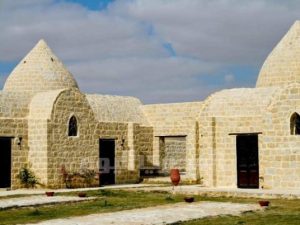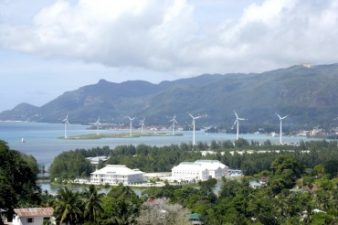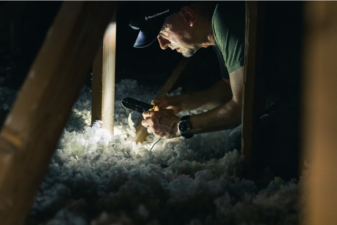In order to reduce their energy consumption, hundreds of buildings are being connected to Pacific Control Cloud Systems’ M2M technology.
Over one hundred buildings in Dubai are latching onto Pacific Control Systems’ machine-to-machine energy efficiency technology every day. In order to combat the outside temperatures, most businesses, restaurants, and universities crank their A/C units so high it’s like sitting in a giant refrigerator.
Despite the theory that energy subsidies in the region will keep widespread adoption of energy-saving methods at a minimum, PCS is radically changing how energy is consumed in the Emirate with its M2M cloud computing services. PCS is able to save energy by monitoring machine to machine applications that adjust the temperature to energy efficient levels.
To date, more than 60,000 buildings have already connected to M2M services. Dilip Rahulan, Chairman and CEO of Pacific Controls, told Telecom Engine that the company has benefitted from the residual of Dubai’s building boom.
Rahulan explains that M2M technology uses virtual robots called Gbots that manage energy efficiency and other data systems remotely.
“Gbots are the new paradigm for the virtualization of managed services. The intelligent, self-autonomous, self-learning software agents will be deployed across networks for diverse automated services,” he said.
M2M smart grid technology offers energy savings of up to 30%, which is used to offset initial installation costs. The company offers its services to every single building, who Rahulan says would be foolish not to adopt them (who doesn’t like saving money?) As suspected, businesses are lapping up M2M en masse. As an added benefit, Dubai’s carbon footprint could slowly abate.
PCS recently announced that it will build the Middle East’s largest data center in order to accommodate this rapid connectivity. 60,000 square feet of computing space that will cost $85 million, and 24 command centers are slated to be finished by the end of the third quarter in 2013.
With buildings sapping up more than 40 percent of the Emirate’s energy, this could be a huge boon to conservation efforts. But some experts caution that controls need to be put in place at the early stages in order to avoid an Orwellian scenario.
More on Dubai’s Building Projects and Energy Conservation in the Middle East:
Saudi Arabia’ Green Construction Potential: Insurance For A New Reality
An Ant in Dubai
Dubai Utility Doubles Business Electricity Rates in Three Years




